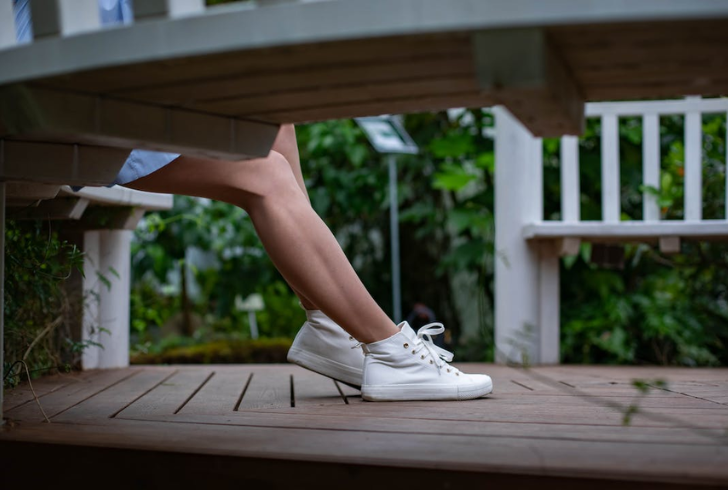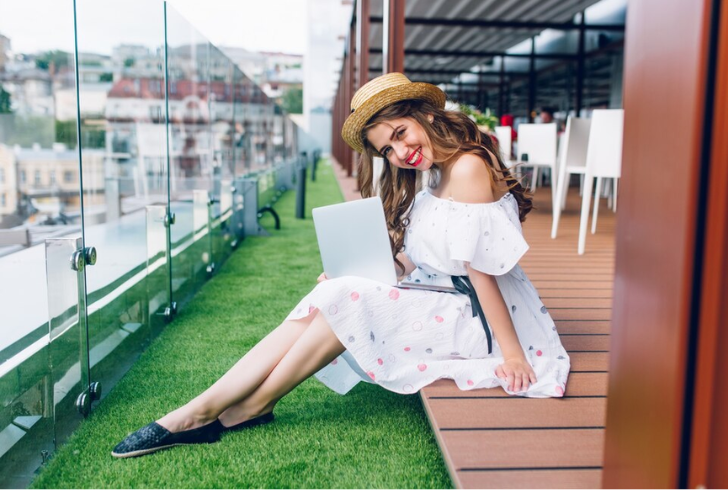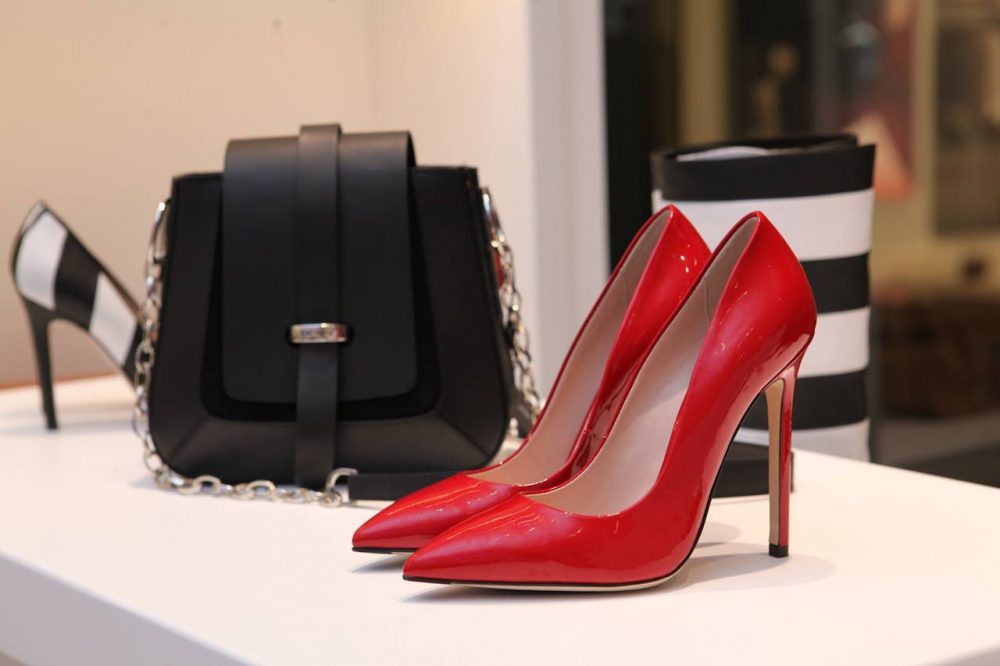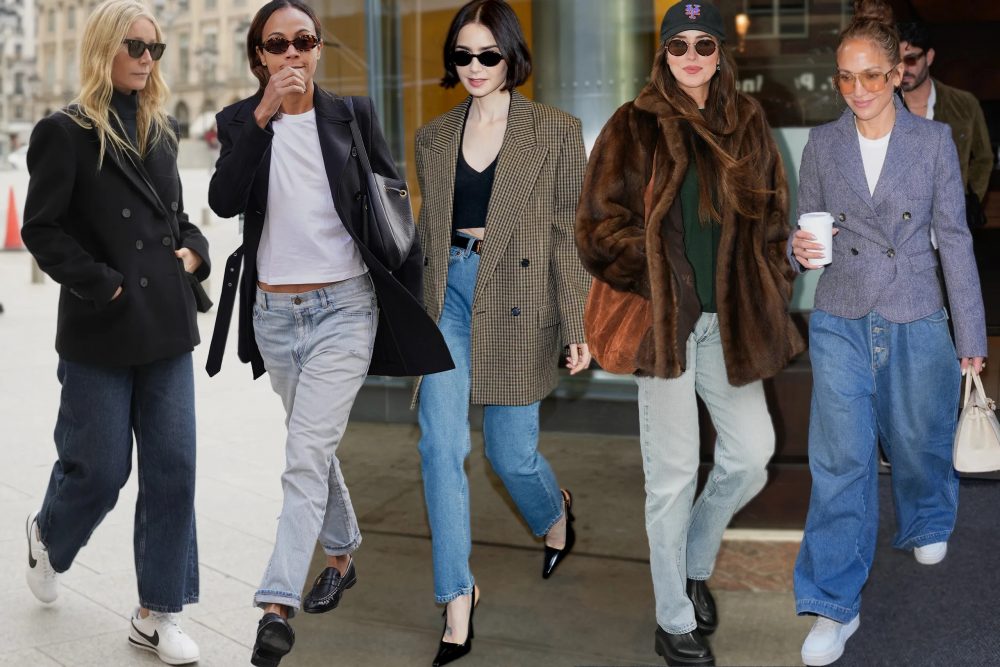In the aftermath of the glamorous Fashion Month, the conversation has shifted from the runway to the streets, and there's one unexpected trend causing a stir—ballet flats are making a triumphant comeback. As we fondly reminisce about Y2K fashion making a roaring return, it's hard to ignore the resurgence of this noughties' footwear icon.
However, before you slip into the comfort of ballet flats, it's crucial to understand why podiatrists aren't exactly cheering for their encore.
The Ballet Flat Predicament: A Podiatrist's Perspective

Freepik | senivpetro | Ballet flats lack crucial arch support for healthy feet.
While the sleek, minimalist design of ballet flats may be visually appealing, there's more to these shoes than meets the eye. Podiatrist Saylee Tulpule sheds light on the inherent issue—ballet flats are inherently flat, lacking the arch support crucial for maintaining healthy feet. This absence of support opens the door to common foot problems like plantar fasciitis, an inflammation of the lower foot and heel tissue, and exacerbates issues for those with flat feet or midfoot joint concerns.
Jason Gold, a podiatrist based in Boca Raton, Florida, emphasizes the downside of flats, highlighting their minimal cushioning and lack of rear-foot control due to the absence of straps or laces. This deficiency can lead to a laundry list of foot maladies, including shin splints, stress fractures, bunions, blisters, and tendonitis.
The rounded and narrow toe box in most flats also poses problems, contributing to toe cramping, numbness, hammertoes, and thickened toenails. It's a sobering reality that challenges the immediate allure of slipping into these seemingly convenient shoes.
Choosing Footwear Wisely: A Podiatrist's Recommendations

Pexels | Valeria Boltneva | Choose shoes with laces or straps for foot support, reducing stress on bones and joints.
If the idea of parting ways with your beloved ballet flats leaves you in a sartorial dilemma, then fear not. Saylee Tulpule offers a three-point checklist to ensure your shoes prioritize both style and foot health:
- Spacious Toe Box: Look for shoes that provide ample room for your toes to wiggle, avoiding the discomfort of cramped spaces.
- Low Block Heel: Opt for a shoe with a low block heel. Research indicates that a modest heel not only enhances arch support but also reduces foot strain more effectively than completely flat alternatives.
- Comfortable Materials: Choose shoes crafted from soft, pliable leathers. These materials make the breaking-in process easier and accommodate wider feet with grace.
In an Instagram video, Tulpule demonstrates a helpful in-store testing method to aid in selecting the most foot-friendly shoes. Jason Gold adds another crucial dimension—prioritize footwear with sufficient cushioning, which can be further enhanced with sole inserts. Additionally, look for shoes featuring laces or straps to secure the foot, minimizing stress on bones and joints.
The Middle Ground: Fashion and Foot Health Coexisting

Freepik | lookstudio | Ballet flats the epitome of convenience and style.
As the saying goes, moderation is key. Jason Gold advocates for embracing the trend of ballet flats but suggests doing so in moderation. If you indulge in a day of flaunting your fashionable flats, make a conscious effort to switch to more supportive shoes the following day. Striking a balance between style and comfort is not only feasible but imperative for maintaining the well-being of your feet.
Navigating the Ballet Flat Revival: A Holistic Approach
In the grand tapestry of footwear choices, ballet flats hold a unique place—they are the epitome of convenience and style. However, understanding the potential pitfalls and adopting a mindful approach to shoe selection can transform the ballet flat revival into a harmonious coexistence of fashion and foot health.
It's time to reimagine our footwear choices, ensuring they not only showcase our style but also prioritize the longevity and vitality of our feet. So, as you step into the world of ballet flats, do so with knowledge, awareness, and a commitment to the well-being of your feet.







